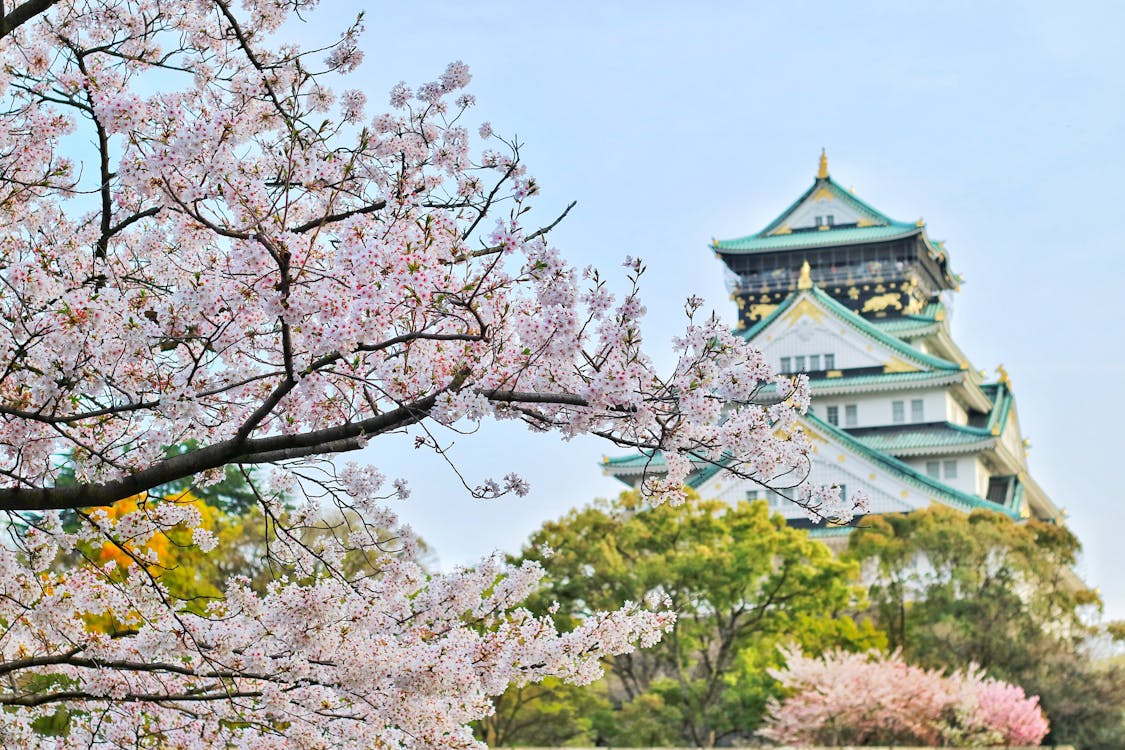
A recent while ago, I reviewed Swords of Silence and loved it. I’ll be re-reviewing this novel again, as I think it deserves a lot more attention. My review can be found here: https://alalhambrabookreviews.home.blog/2019/08/22/review-of-swords-and-silence/
Below is the interview I did with the magnificent Shaun Curry. Thank you to Bengomo at Harper Inspire and Shaun for sending me an ARC for this.

Interview:
Hi Shaun, a pleasure to hear from you and thank you for agreeing to do this author interview, I hope you are doing well! First of all congratulations on the success of Swords and Silence, it is a fascinating book and I think you did a great job. Check out Shaun’s book here: etc
Thank you Neil, I knew your questions would be on the savvy end, so it is a great pleasure to participate! Thank you for interviewing me on Al-Alhambra! In the words of a samurai, it is an honour!
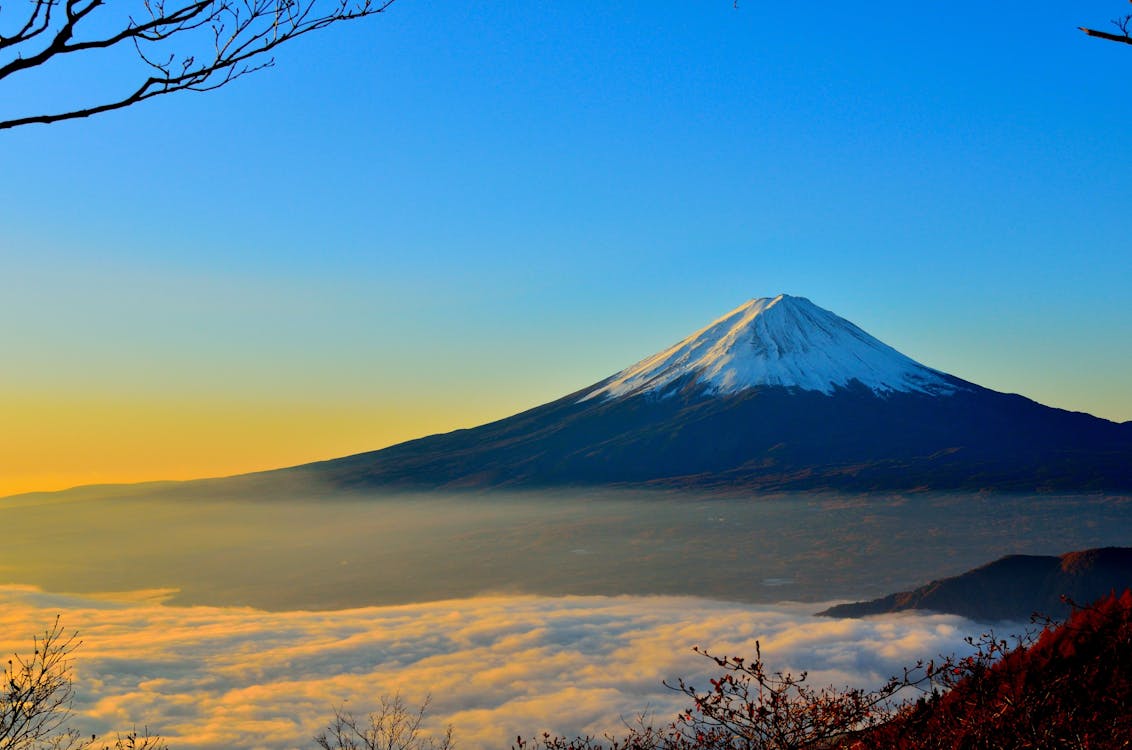
Q. What got you into writing in the first place? What was that moment that said to you, okay I’ve had enough and I want to do writing. Or was it through a different set of circumstances?
I first started writing as a child. I would write short stories or “novels” during school and then bring my writings home, where my Mom would type them up on our old-fashioned typewriter! Yes, this was before the days of computers…
Q. How has Japanese Culture inspired you in your daily life? What locations would you recommend to newcomers visiting Japan? What restaurants, temples or shrines would you like to go to?
From a relatively early adult age, I lived, studied, and worked in Japan as an “Ex-pat”. Even before I moved to Japan, I always had a keen interest in Japan and Japanese culture. Oddly enough, I would even sometimes bow for inexplicable reasons… Overall, I think Japanese culture has inspired me to be more disciplined and focused in my work.
For newcomers to Japan, I would recommend visiting several different locations to get a feel for the entire country! Each place is different and has its own feel. Personally, I really like Tokyo and Nagasaki, both prominent places in The Swords of Silence and The Swords of Fire Trilogy.
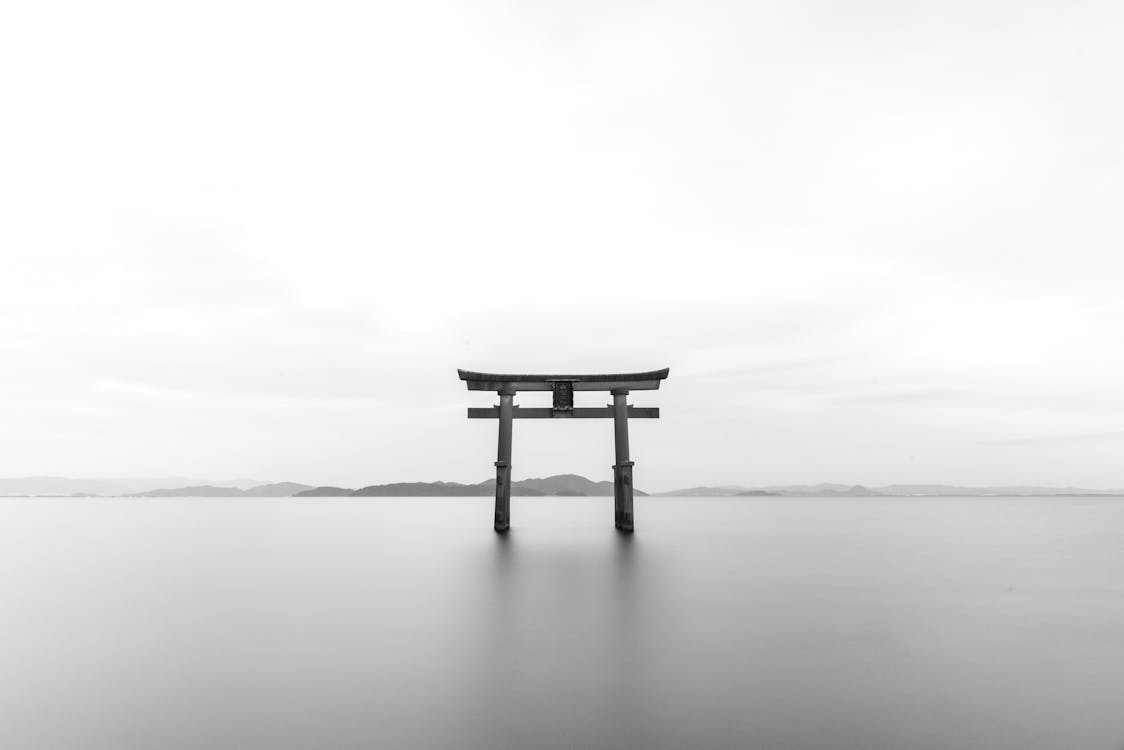
For restaurants, it is almost impossible for me to choose because I adore all Japanese cuisine and the food in Japan is so good!
For recommended temples or shrines, Nikkō Tōshō-gū is quite well-known and popular, so it is always worth a visit. However, as a Catholic, I love the Christian Churches on the southern island of Kyushu. The time that I spent in Nagasaki and surrounding areas was quite formative and influential in my writing.
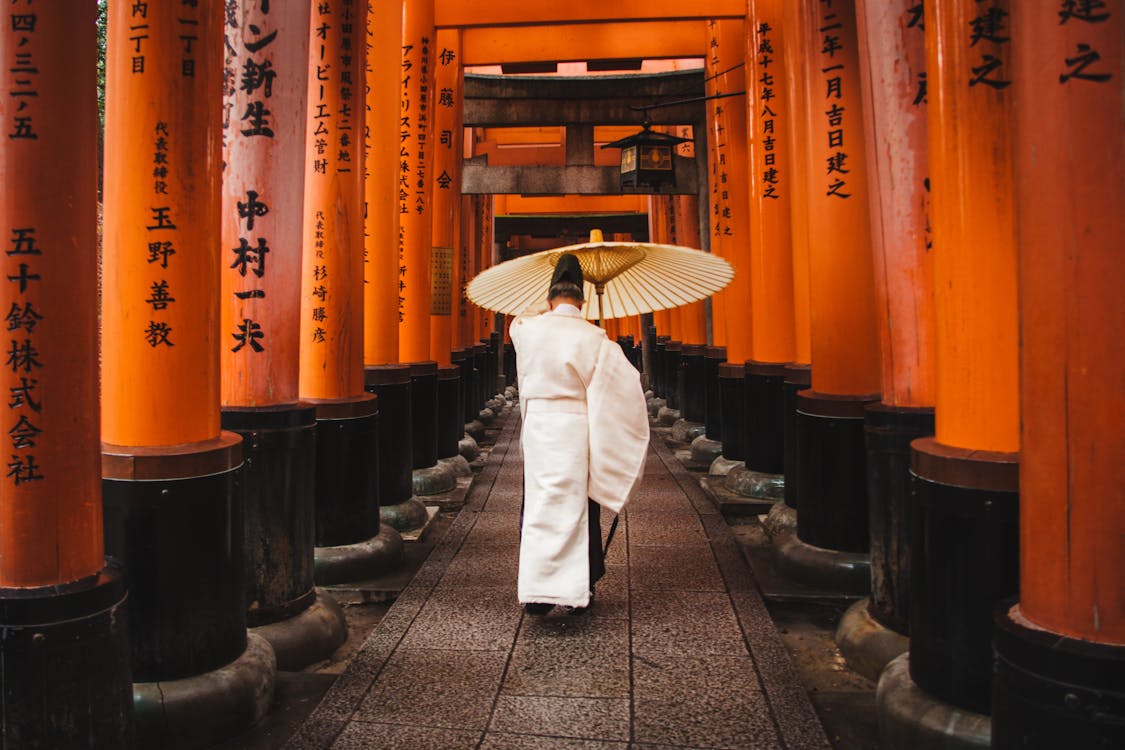
Q. When figuring out the mindset of the Samurai Warlords, did you learn calligraphy and the Kanji script? How important is it do you think that historical writers should go to the country of origin that they are studying about and learn the local culture? What do you want to see more happening in historical fiction?
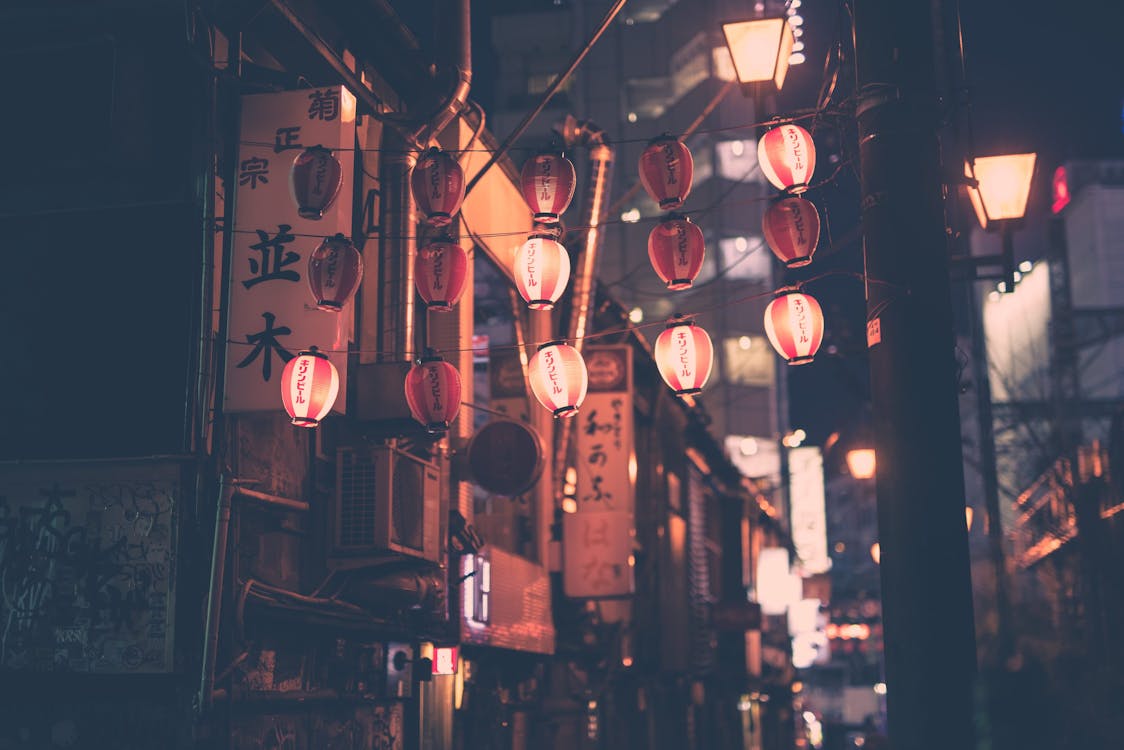
I took pleasure in learning some Kanji, but it is actually quite tough. Perhaps my greatest influence in Japan came from my rigorous martial arts training while I lived there. When I lived in Tokyo, I used to train at the World Aikido Headquarters in Wakamatsu-cho in Shinjuku-ku. While I was there, I used to train every day for several hours so the etiquette and the art really had a profound impact on me.
What would I like to see more happening in historical fiction? I crave authenticity in historical fiction, so the more research that an author does around the time period that their work covers, the better. Authenticity and details really help bring out the history well I find. To impart genuine authenticity, I personally think it is imperative that authors go and live in the culture that they are writing about; it can only add more depth and realism to their work – and adds to the writer’s credibility as well.
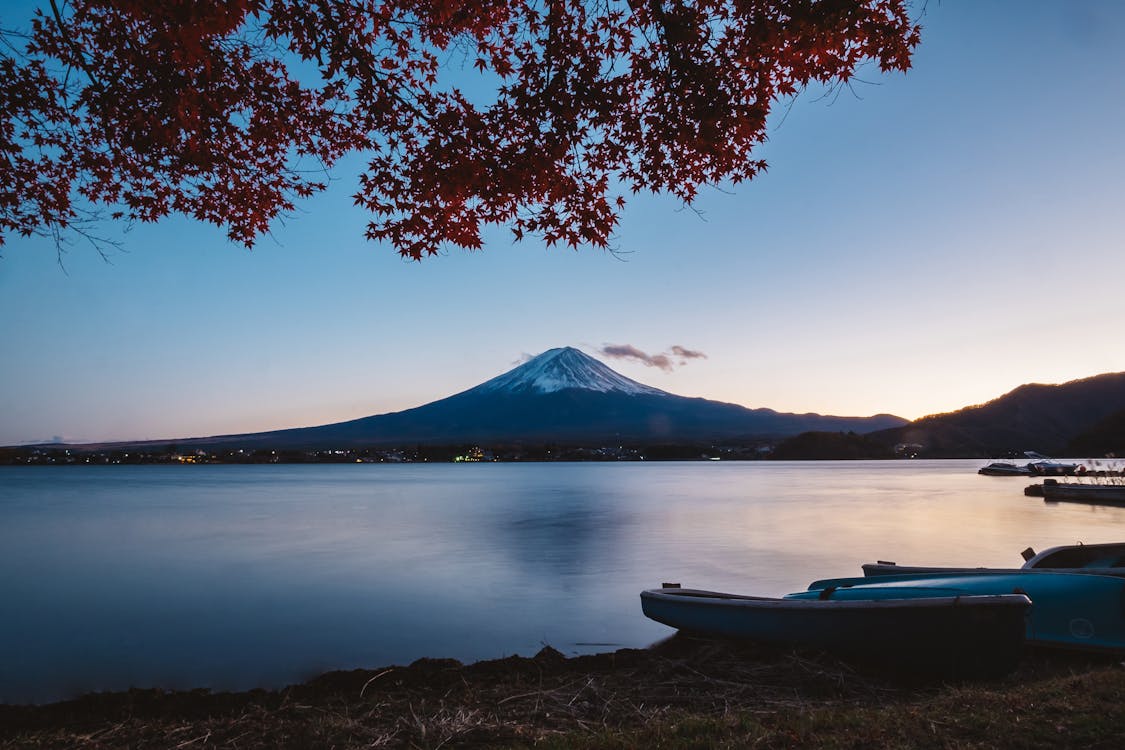
Q. How did you come across the Jesuits, and when you compare religion today in Japan, you must have felt some sort of contemplation that at one point, Christianity was banned in Japan.
Since my youth, I have always been aware of the Jesuits, albeit more on a passive basis in my younger days. However, it was not until I passed a bookshop in South Kensington that I discovered a very interesting book in the window about them, which gave an in-depth historical account of their impressive proselytizing initiatives around the world. It was probably this book that inspired me to learn more about the Jesuits and their key missionary work in Japan.
Yes, Christianity was once banned in Japan, but time moves on, and I try not to let the past interfere with my experiences in the present. I love Japan’s culture and embrace its differences. Besides, it seems like Christianity is making a coming-back in modern times, which is great for religious freedom.

Q. Where did you get the impression, through your historical research of the Samurai Warlords being scared of Spanish and Dutch Aggression? Were there secret dealings that you encountered? Not many know that the Medieval World wasn’t as excluded as it is made out to be. Were the Samurai aware that the Aztecs had been wiped out, and thus the Shogun had a fear of this exact nature? Is this what perhaps caused Japan’s isolation for 250 years?

One of the biggest failures of the “west” or European powers in Japan was the fact that they brought their European rivalry and squabbles to the shores of Japan – and then directly to the Shogun. These quarrels included not only trading clashes, but also religious ones. The result was that the Shogun was constantly being courted to take a side in these disputes, and as a consequence, the Europeans aggressively battled for his ear and favour. This European political posturing, particularly espoused by the English and the Dutch, led the Shogun to be very cautious – and then fearful of a Spanish (or Iberian) invasion. In blunt terms, the English and the Dutch directly told the Shogun that the Iberians would seek to conquer Japan as they had done elsewhere in the new world around this time. Amongst other factors, the Shogun took these threats seriously.
Q. You reference Buddhism in Swords and Silence often, have you visited any Buddhist Shrines in Japan, and which of them have inspired you in your daily life spiritual wise? What fascinating secrets did you discover when learning about the rivalry that Buddhism and Christianity had in Japan during this time period?

Buddhism became the Shogun’s mandated religion in Japan around this time. Yes, the Shogun told you what your faith had to be. If you disobeyed, torture and killings were the likely result. Buddhism was not viewed as a threat to the Shogun’s supreme dominance in Japan. Christianity, on the other hand, was viewed as a threat to the Japanese mindset of unconditional obedience so it was outlawed. The Shogun also believed that he should be revered as a ‘god’ and did not like the idea of mere peasants worshipping anyone other than himself.
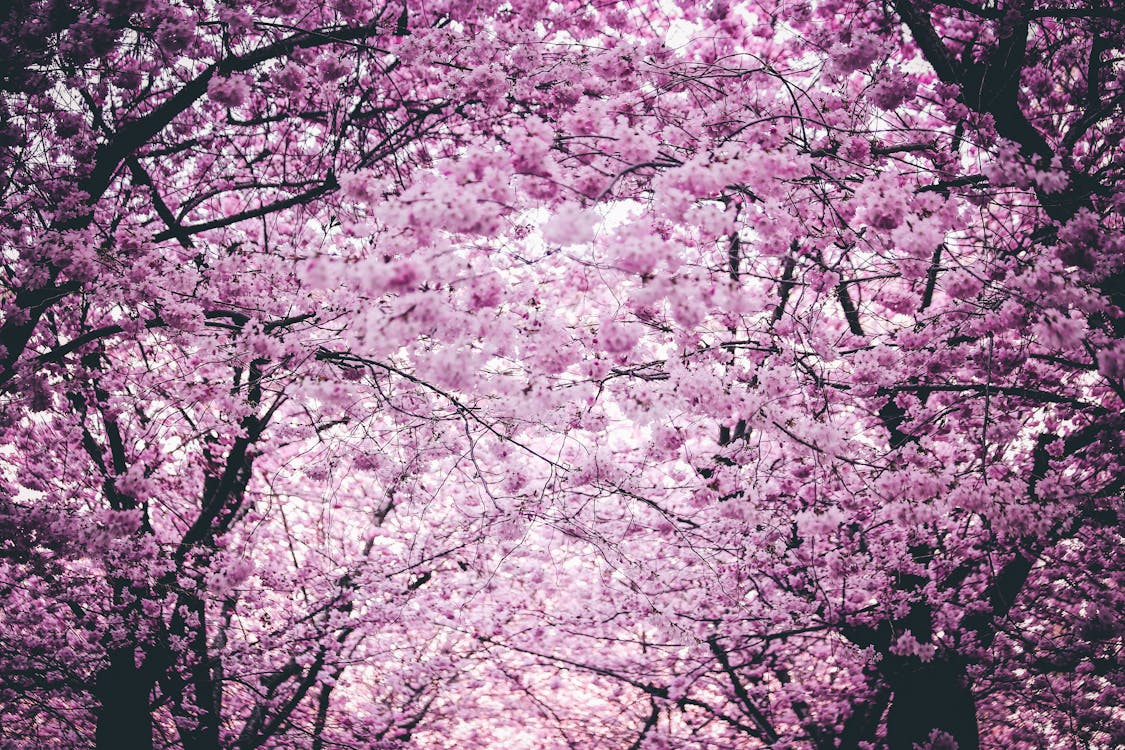
Buddhism and Christianity often clashed in old Japan, particularly amongst the Buddhist and Catholic Priests who wanted the people’s following. I did not want The Swords of Silence nor The Swords of Fire Trilogy to be divisive like it was in the 16th and 17th Centuries, so I created a number of scenes where the Buddhists helped the Christians and made friends of one another. In my writing, I did not see the need to re-open old religious wounds. Unity is always more powerful than division in my opinion.
When visiting Japan, I would recommend tourists to visit all the old temples, shrines and churches that they can fit into their schedule; they are all fascinating and part of Japan’s long history.
Q. Did you watch any Kurosawa films, and did Miyamoto Mushashi’s the Book of the Five Rings influence your writing?

I have seen Kurosawa films and I have read Miyamoto Musashi’s Book of the Five Rings, but these did not really play a big part in formulating The Swords of Silence. I did of course research and study the samurai, their warlords, the Shogun and his regime, but my principle guide in the devising The Swords of Silence and the entire Swords of Fire Trilogy was my historical research. I let history be my guide and formulated a story around this.
Q. What is the best Japanese local cuisine for you? And what would you recommend as an easy meal to start with?
In truth, I love nearly all Japanese cuisine, so it is very hard for me to choose one dish over another. However, if I had to pick one meal, I would recommend a large bowl of udon alongside a plate of katsu.
Q. When you first heard of the Samurai, what impression did you find of them? And when you deepened your research, what were some shocking stories you discovered about them? Do you admire the Samurai? Do you think that if the Samurai had won the Boshin War, would Japan have taken a different path? Your novel teetered on the possibility of an alternate history route, but would you be interested in discovering this in the future?

I respect samurai for a number of their traits, including honour, loyalty, discipline, focus, their training, etc. However, to the lay farmers and peasants who worked the rice-fields, the samurai were vicious bullies who abused their power around the time of The Swords of Silence (i.e. the early 17th Century). Many warlords (“daimyo”) and their samurai turned the peasants who worked their lands into raw slaves! Regrettably, many samurai abused their high privileged position in society, and for this I do not respect them.
The Boshin War took place a long time after The Swords of Silence (i.e. 1868 vs. 1626) and this particular war is not my area of expertise. However, I can say that it is entirely possible that Japan could be a Christian country today if different individuals ruled as Shogun. The decisions of the early Shoguns, i.e. Ieyasu, Hidetada, and Iemitsu paved the way for a long-standing ban on Christianity. These decisions were entirely subjective and a different lineage of Shoguns could have chosen to let Christianity flourish in the country.
Q. What did you keep in mind when researching about the Samurai about their legendary mythical status in Japanese society? Did you keep in mind that most of that status is built upon propaganda while reflecting that the Samurai were just as brutal as European Warlords in this time period? The Last Samurai heavily immortalised the image of the Samurai in Western minds, but what did you want to show? What was your interpretation?
It’s no surprise that Hollywood likes to glorify a lot of things and Tom cruise et al. did a great job of glorifying the samurai in the film ‘The Last Samurai’. But is this really what samurai were like? Were they really as virtuous as this Hollywood picture portrays?
According to ‘The Bushido Code’, for example, the eight virtues of Bushido are as follows: (1) Rectitude and Justice, (2) Courage, (3) Benevolence and Mercy, (4) Politeness, (5) Honesty and Sincerity, (6) Honour, (7) Loyalty, and (8) Character and Self-Control.
It’s very hard to generalise of course, because the samurai have a long history in Japan, but if you look at the warlords and samurai around the years 1620-1640, history suggests these men possessed only half of these virtues – at best.
They lacked rectitude, they were not brave, they were not merciful, they were not polite, they were not sincere, and they lacked character and self-control. They were effectively corrupt. Granted they were loyal, but did they have honour? Where is the honour in starving a village of women and children in pursuit of exacting a higher rice production from them? Where is the honour in torturing and killing innocent peasants because of their beliefs?
Sadly, many samurai were immoral and corrupt during this particular time period, so it really makes you think about what Hollywood painted for us in ‘The Last Samurai’. Wait until you read Book 3 of The Swords of Fire and you will be shocked by these alleged honourable samurai…
Q. What famous castles would you recommend for visitors, and what castles did you visit personally that inspired you to put in the novel?
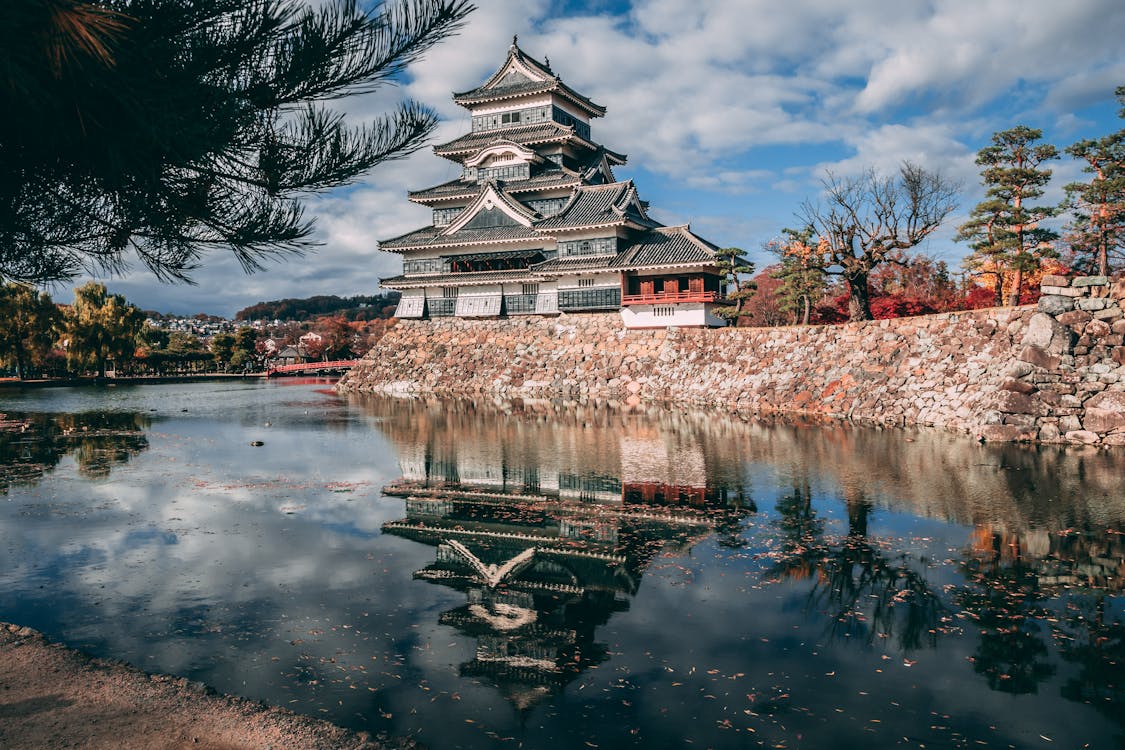
Japan has a very long and rich history and there is truly so much to discover in this fascinating country. I will of course always recommend travellers to visit Tokyo and Kyoto, but to get a real feel for The Swords of Silence and The Swords of Fire Trilogy, I highly recommend people to visit the southern island of Kyushu and the city of Nagasaki. While in the vicinity, make sure to also visit Shimabara and all castles and ruins in the area.
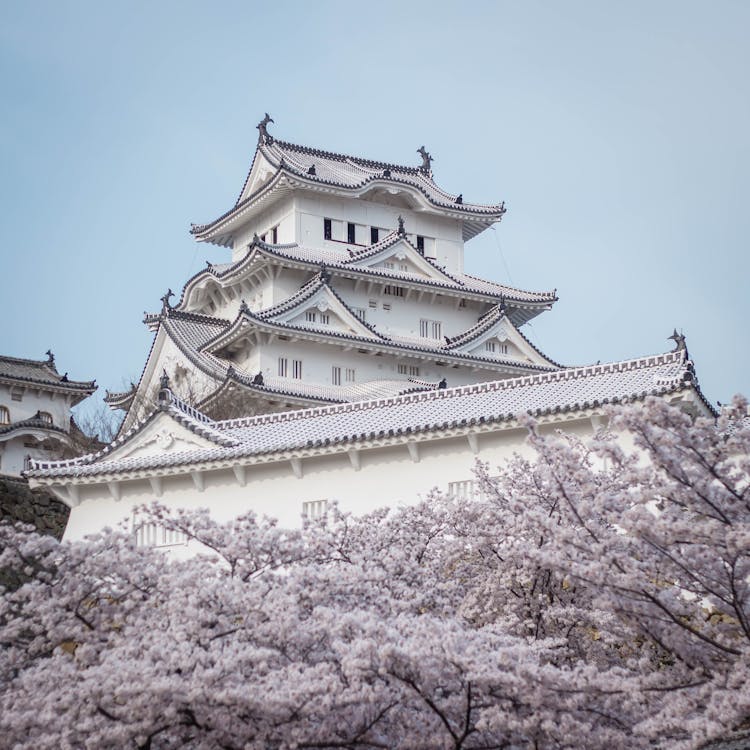
Q. Where will you be taking this series forward? Will we get to see Josean Korea? China?
I do not want to give too much away, but I can tell you that the action heats up quite dramatically and historically in the remainder of The Swords of Fire Trilogy. I often tell people that Book 1 is only the appetizer and that Books 2 and 3 are truly the main course of the series. So, if you enjoyed Book 1, fasten your seat-belt because the clash between the Shogun’s regime and the Christians and ronin really amplifies – and on a much larger scale. I would be surprised if you are not shaking your head in disbelief by the events that take place at the end of Book 3.
Q. How much amount of study and attention did you under-take to understand Medieval Japanese Combat? I ask this so future authors can take reference.
Since the age of 18, I have been an avid student of Aikido and martial arts. I moved to Japan in my early twenties to study and train at the most famous dojo in the world. When I arrived, they mopped the floor with me. I don’t think I have ever been beaten up as badly as then. Over time however, I improved, and eventually began to hold my own. Later, after more training, I became a black belt, and I believe I bring this martial training and spirit to my writing.
But while real-world martial training is helpful, I also had to understand the samurai and their battle techniques. Fortunately, there are a lot of great books on the subject matter, and so I have combined my real-life training with samurai history to hopefully bring a genuine combat experience to my readers.
Q. How long did it take for you to get writing?
I started writing shorts stories and “novels” as a child, so it is something that I have always done and enjoyed. I really like the idea of story-telling, particularly if there is meaning or a moral message behind it. All told, The Swords of Silence and The Swords of Fire Trilogy took almost two decades for me to research, write and publish. This journey has not been easy.
Q. Did you encounter any common daily life stories that either shocked you or said, this is a great story to add into my book etc.
The history of the time period that I have chosen to write about is shocking, and as suggested, I believe the ending of Book 3 will shock you. In conducting my research, I probably shook my head a thousand times at the disturbing findings that I discovered. Some of these historical findings made me mad and made me question the evil that men are capable of. How can human beings treat each other like that – I often thought. These truly were dark ages, and I only hope that we can truly learn from them and not repeat our mistakes.
Q. What amount of research did you do when researching the Jesuits, and who helped you in this endeavour?
The research that I did on the Jesuits was conducted through a variety of means and sources, including books, old Jesuit letters that were written and sent to Rome around this time period, as well as meeting with modern Jesuit Priests in Japan, Europe and North America. The Jesuits have a long respectable tradition in academia and their historical records are impeccable. I leveraged a lot of my research off their strong resources. I really must thank all the Jesuit Priests who were patient enough to sit down with me, share their research, and impart their knowledge.
Q. What are the characters you loved creating, and if you took them from the past, who would you dine with? Which historical figures of Japan are your heroes?
My favourite characters in The Swords of Fire Trilogy are Father Joaquim, Catechist Tonia, Master Watanabe, Amakusa Shiro, and some new characters that emerge in Books 2 and 3. I would like to dine with them all and have a grand-old party – maybe one day in the Heavens!…
One of my favourite historical figures is Daimyo Konishi Yukinaga, who was a Japanese Christian warlord before the time of The Swords of Silence. Having lived between 1555 and 1600, he was probably the most distinctive Christian warlord in Japan’s history – before the Tokugawas seized the Shogunate and banned Christianity.
Perhaps one day I should write a story about Daimyo Konishi! He was a legendary samurai!
Q. Will we be seeing Japanese mythology in the future? It is perhaps one of the most under-rated mythologies out there and there haven’t been many books dealing with this.
Never say never, but I don’t think I will be writing about Japanese mythology any time soon. While interesting, this is one subject that I will leave to another writer! I really hope they have their creative juices flowing when they write this one!
Q. Would we be seeing references to Romance of the Three Kingdoms? The Japanese still love this national epic of Chinese literature, and that can be seen in movies, videogames and music. Did that influence you during your writing?
‘Romance of the Three Kingdoms’ did not influence my writing, but I am of course intrigued by its unique blend of history, legend, and myth. These are always great attributes for stories in my opinion. In many ways, my writing in The Swords of Silence has sought to employ a similar unique mixture – albeit quite grounded in real history.
Q. How did you get the publication deal with Harper Inspire? I imagine you must have been delighted when that happened!
HarperCollins is an incredible publishing house and I was thrilled to sign a deal with Harper Inspire! I believe our deal was consummated through a great relationship and interest in my work. I also have a great agent in New York City, Peter Rubie, CEO of FinePrint Literary Management. Publication of The Swords of Silence and The Swords of Fire Trilogy is the result of a successful collaboration of a large group of talented people, include Rose Sandy and Bengono Bessala at Harper Inspire.
Q. What would you say to aspiring authors taking for example, one of the many routes into publishing?
On a broader level, I would tell them not to take no for an answer. If you believe in your work, which you must, you will eventually find a way to publish your work. I spent a very long time on “Rejection lane” before I found a path that worked.
Hybrid publishing, for example, can be a great way to get your work out there and noticed by one of the big publishing houses, but there are many other paths as well. The most important thing however is to never give up! As the old Japanese proverb goes “Fall down seven times, Stand up eight!”
Thank you so much for this Shaun! An excellent interview with equally fantastic answers. To my followers, ORDER NOW! I’ll post both Amazon US/UK Links, and be sure to DROP a REVIEW if you LIKED IT! Share on Twitter, Instagram, FB, and Goodreads! Please leave a review on Goodreads as that’s VERY important to writers! PRE-ORDER NOW ON AMAZON US!
Please note images are used from the publisher’s website, and images are used from here: https://www.pexels.com/photo/black-and-white-mountain-over-yellow-white-and-blue-sky-46253/
Amazon UK link: ^^^
Follow Harper Inspire at:
https://www.harperinspire.co.uk/about/
https://www.facebook.com/harperinspire/
https://www.instagram.com/harperinspire/
Follow Shaun Curry at: